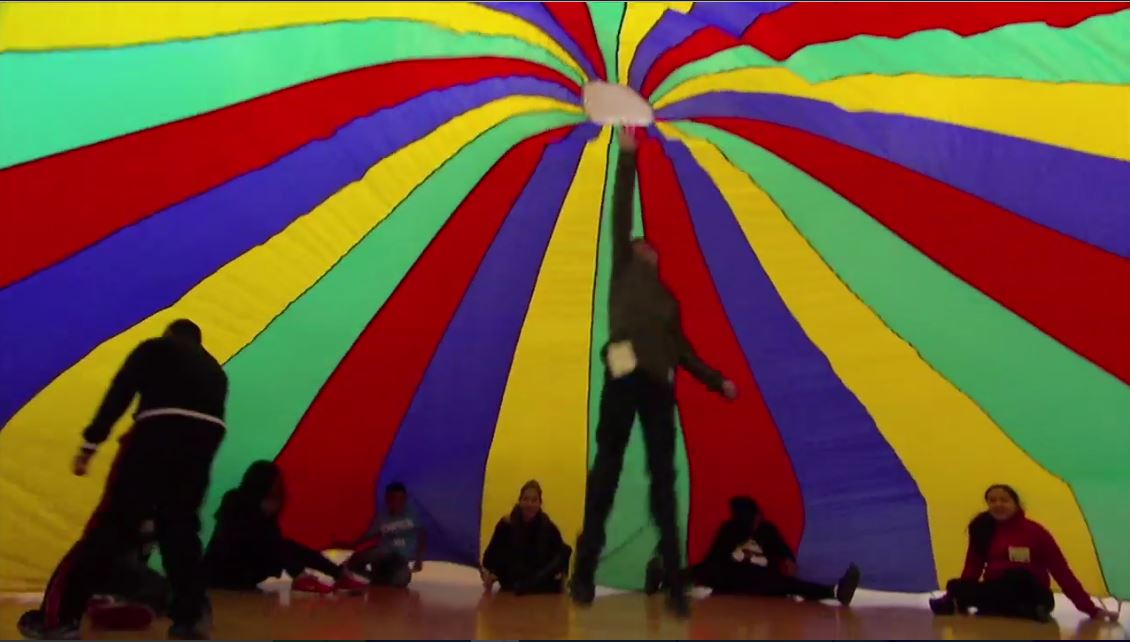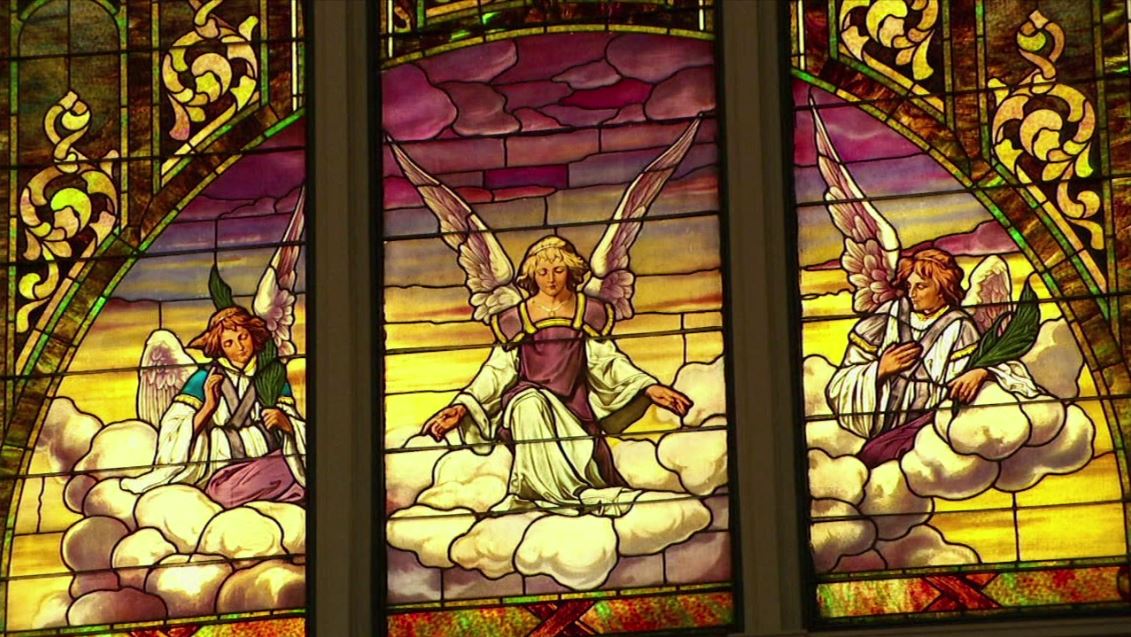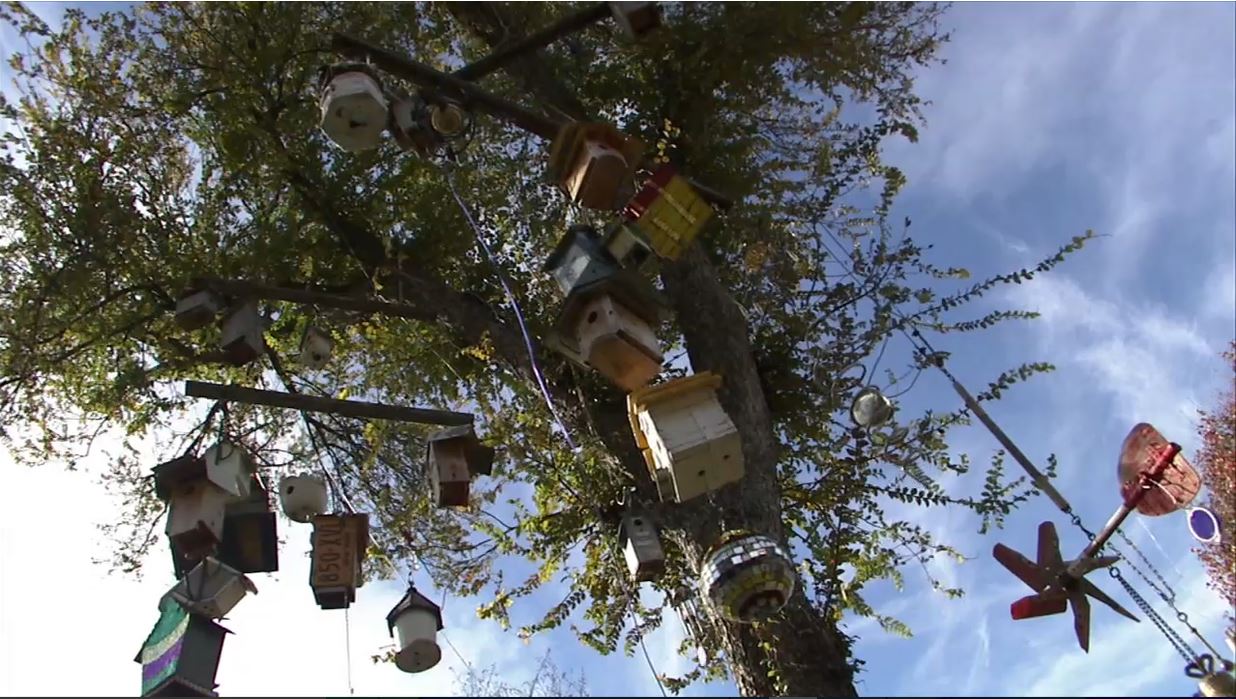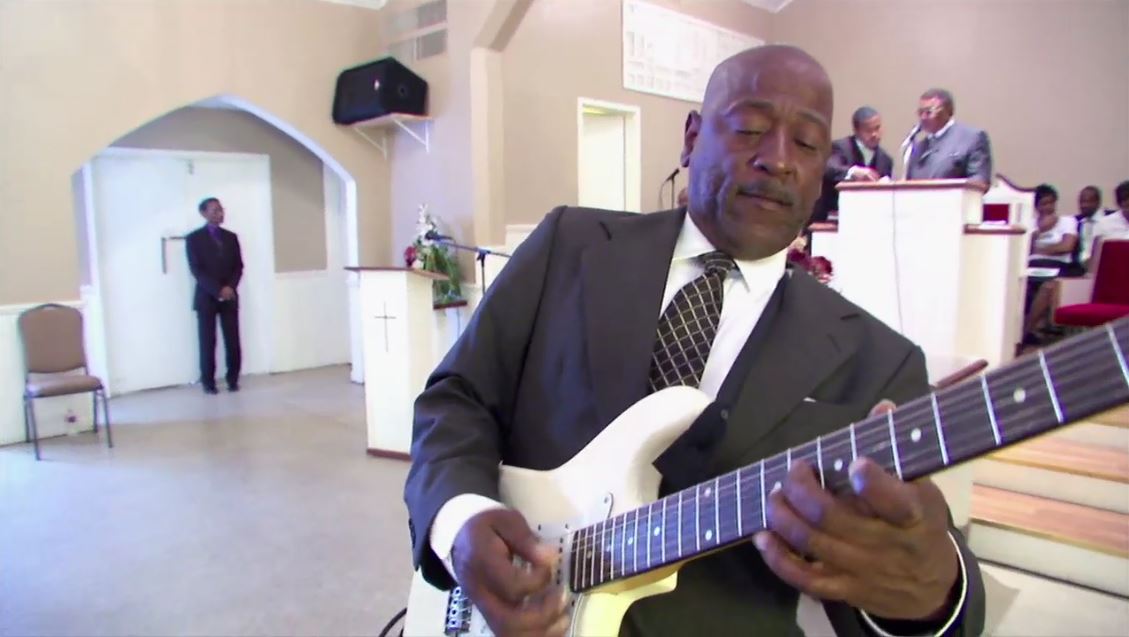Frame of Mind: The Stewpot Story
ArtandSeek.net November 16, 2016 41This week on “Frame of Mind”,
we are airing Alan Govenar’s documentary, “Serving Second Chances.” The film illustrates the impact of The Stewpot on the homeless community. The Dallas nonprofit combats homelessness on the physical and emotional levels through a combination of traditional services and artistic programs.
Govenar became interested in The Stewpot while heading up the Museum of Street Culture as a part of the Encore Park project. He met The Stewpot’s executive director, Bruce Buchanan, and asked him for permission to document the Stewpot story. Buchanan agreed and Govenar started the three-year process of creating this documentary.
A little bit about Govenar:
He did his undergraduate at Ohio State, then got his masters at University of Texas at Austin followed by a PhD from University of Texas at Dallas. His dissertation was on the documentation of tattoos and tattoo culture in the Western World. He made his first film when he was 21. It was about sideshow culture and a man named Stoney. Stoney was a hunchbacked dwarf confined to a wheel chair who made a living as a sideshow tattoo artist. The documentarian Les Blank mentored Govenar through the process of making this film, which premiered in New York in 1981. It won Govenar critical acclaim and was featured in the New Directors Series at the Museum of Modern Art in 1982. From there, Govenar continued on his path of storytelling, making his way through his graduate education, writing, filming, and eventually starting an organization called Documentary Arts.
Ask Govenar about his relationship with filmmaking and he talks a lot about Mr. Stoney and that first documentary. He talks about how much that film taught him about “people in the margins,” and the margins where they live. His desire to document the margins has heavily influenced his body of work, and it’s part of what led him to the making of “Serving Second Chances.”

A child jumps to touch the top of the parachute in the Saturday day camp program at The Stewpot Photo: Still from “Serving Second Chances”
Govenar on “Serving Second Chances”
I was approached by this group, The Stewpot and the First Presbyterian Church of Dallas. They had acquired this building, 508 Park, which is across from The Stewpot. It was a place where, back in the 1930s, there were 800 recordings made of everything from western swing to blues. It’s where Bob Wilson and the Texas Playboys made their first recordings and it’s where Robert Johnson made his last recordings. I’ve written a lot about blues and different kinds of folk and vernacular music and so they were interested in me helping to figure out a way to do exhibitions related to this, and I went to see what they were doing. What interested me was the interplay between what was going on at The Stewpot and the idea of this music and everything else that was happening there, and I proposed the idea of doing the Museum of Street Culture there. I saw the idea of street culture as a lens for understanding the music that was recorded in 508 Park, the film history of 508 Park, it was a unifying concept for me.

Stained glass in a local sanctuary. Photo: still from “Serving Second Chances”
I became interested in The Stewpot, and felt that what I was experiencing there was something that needed to be communicated to a broader populus. There have been a lot of different a films and projects focused on the homeless. I was interested in pushing the dialog further, and I felt that was what the Stewpot was doing.
So, I talked to Bruce Buchanan, who is in the movie, who is the director of The Stewpot, and he gave me access to the client base and to the professionals who worked with him on his staff. I started talking to people, people that he knew and people that he didn’t know, and one of the wonderful things about Bruce is that his way of serving the needs of homeless and at-risk populations is through a kind of creativity. It’s rooted in hardcore services, like the dental program and the medical clinic, and mental health services, and social work, but at the same time he recognizes the importance of creativity and giving people outlets for their creativity.
And so it was an event that was being done, related to both to the Museum of Street Culture and what was going on at 508 Park, and it was the 75th anniversary of the recordings of Robert Johnson that he had made in 1937. Bruce had the idea to do a Robert Johnson sound- and look-alike contest. We filmed it, and the person who won that competition, Gerald Williams, became a subject of this movie and he was someone who the people who work at The Stewpot had never met before.

A decorated tree in Bruce Buchanan’s yard. Photo: Still from “Serving Second Chances”
I was talking to Gerald, and I asked him where he was staying, where did he live, and we walked over to city hall and he showed me the bench that he slept on between the hours of three and six a.m., which was in between the police patrols at City Hall, and that’s where he was living at that time. I asked him if I could film him, and that’s where that beautiful scene at the beginning of the movie where he’s asleep in front of city hall.
I met many other people, but decided to focus on those three core individuals who you see evolve over a period of three years. There was a certain serendipity, in kind of an uncanny capacity, that when I would come in and out of the filming over those three years, that I would keep running into these people who are the subject of the movie.

Gerald Williams soloing in church. Photo: Still from “Serving Second Chances”
I never really had telephone contact with any of the people who are in the movie. I would just run into them on the street or I would see them at The Stewpot. So there was something very uncanny about that.
[The film] became a vehicle for understanding. Being able to follow these people over a few years, you really get a sense of the intensity of their lives and the ways in which The Stewpot interplays with their lives.
You can try to sensitize people and humanize these issues, that was the biggest goal, you realize that in some sense you can’t necessarily change the world, but maybe you can enlarge someone else’s understanding and then, through that understanding, maybe there can be some meaningful action.
You can read more about Alan Govenar, “Serving Second Chances,” and The Stewpot here and here










